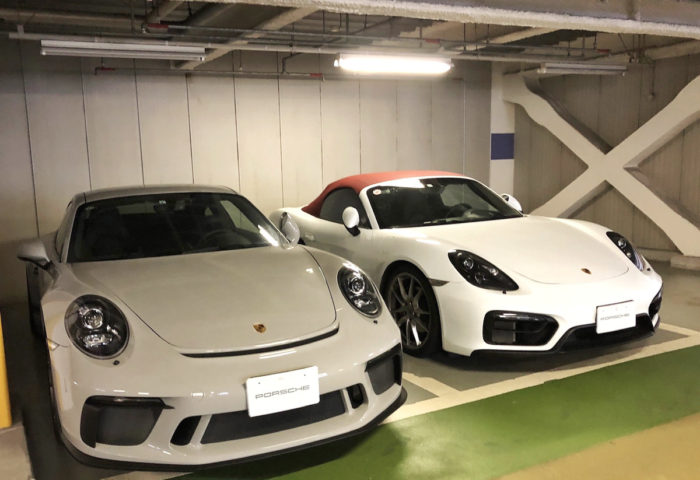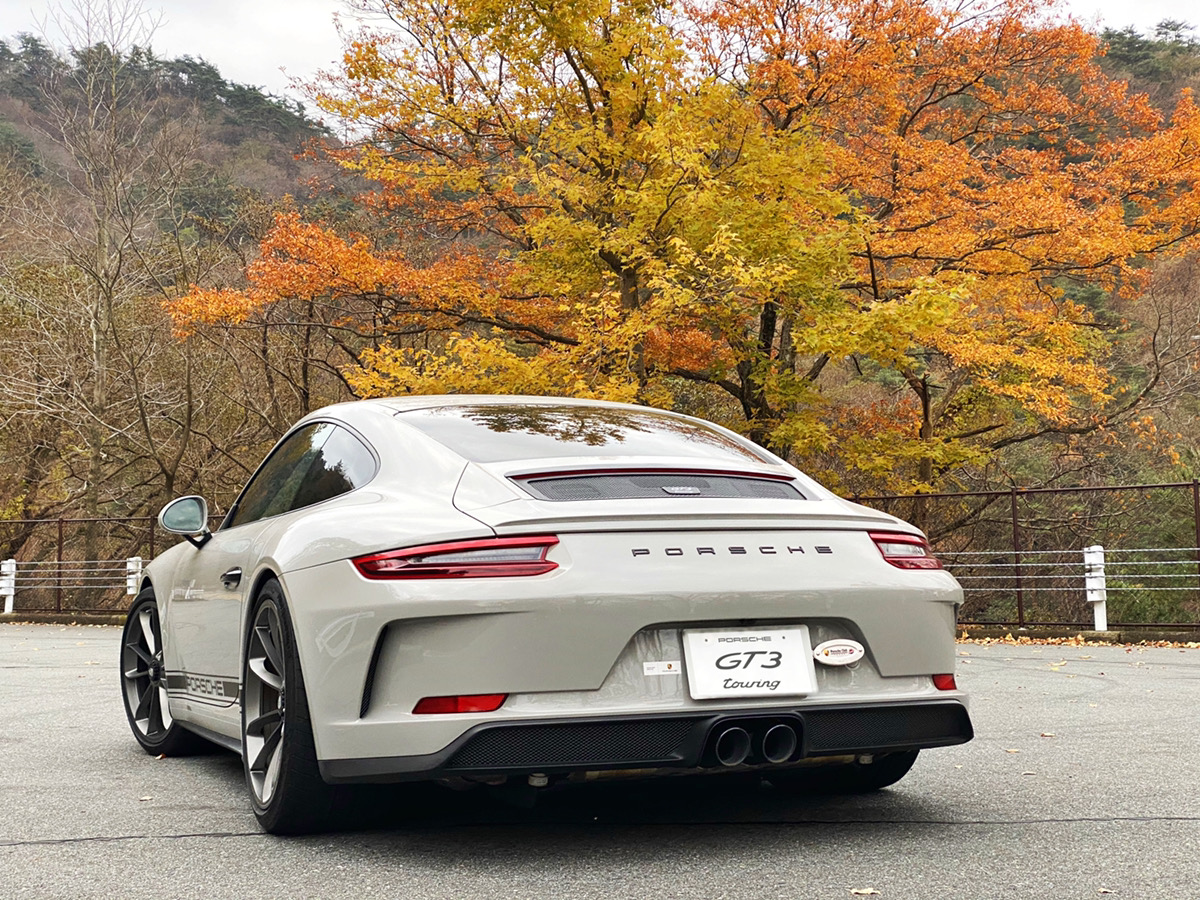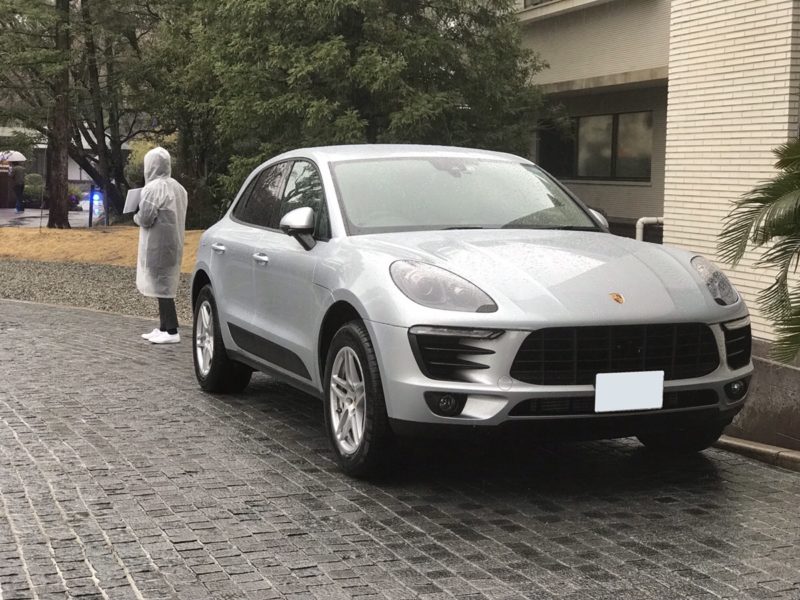How Do Porsche Owners Handle Inspections and Maintenance?
公開日:2020.12.22

Porsche Maintenance
The other day, after writing articles about Porsche inspections (Boxster, 964), I received comments from readers sharing their own experiences with issues, inspections, and maintenance on their cars.
Reading through them, I felt, “These are truly valuable insights that only actual owners would know…” so I decided to share some of these on the blog this time.
Of course, the details vary greatly depending on mileage, daily usage, and individual differences, but I hope you find these real owner experiences helpful.
Issues and Maintenance Shared by Porsche Owners
Porsche 911 GT3
My mileage is almost 10,000 km. I often drive over 500 km in one go, but sometimes I don’t drive it for two months. Twice so far, the tire pressure warning alarm went off, but it turned out that the air pressure had only dropped by about 0.3 bar.
At the one-year inspection, a minor oil leak was found, and the car needed to be in the shop for a while. (From a 991 Touring Package owner with almost the same specs)
Porsche 911 GT3
I drive my GT3 daily, but around 10,000 km, while driving, the seat (Sports Plus seat) started making a creaking noise like a cheap sofa, and when I release the clutch or tense my back muscles, there’s a cracking sound from the lower back. The cracking noise had happened before and was fixed at the one-year inspection.
In early spring, at low speeds, there was a strange noise from the left front wheel, maybe from the pads rubbing. That stopped as the temperature rose, but there’s also a noticeable noise around the shift lever when revving to about 7,000 rpm. (From a 991-2 GT3 MT owner)

Porsche 911 (930)
The inspection cost for the 964 (911) itself is about the same as a regular car—if it were different, that would be strange (laughs). What really matters is how much you spend on regular maintenance. The oil change intervals vary depending on mileage, and various parts need maintenance too.
Also, warming up the engine is important. For water-cooled models, a thorough warm-up isn’t really necessary, but I think it’s better to warm up air-cooled Porsches. The engine’s clearances are set when it’s warm, so it’s best to avoid putting load on it when cold.
Some journalists say it’s unnecessary, but I’m in the camp that thinks it’s needed (laughs).
That’s because our 930 has been owned for about 29 years and has nearly 260,000 km on it, yet the engine is running smoothly without an overhaul. We try not to push the engine too hard, and I believe proper warm-ups have contributed to its good condition. I think only owners who have kept their cars for a long time and driven them extensively can really understand this. (^ – ^; (From Hiropon∞☆)
Porsche and Cars in General
I’m always curious about the limits of machines and rarely change the oil. I want to experience for myself “how far can I drive before performance degrades?” or “how much can the brake rotors wear before the pads nearly fall off?”
I know it’s troublesome and of course “more expensive,” but I push things to the limit. I’ve broken engines once or twice doing this. Yeah, I’m pretty foolish. If you love your car, you probably wouldn’t do that. (From Kazu Ougonkyuryo)
Porsche Macan S
Maintenance costs inevitably add up with mileage. My Macan S’s second inspection at 70,000 km cost 700,000 yen. Shortly after, I had to replace tires and do other repairs, and within three months, including the inspection, I spent 1.2 million yen. On top of that, the warranty transfer fee was about 400,000 yen, which made me think, “I can’t keep this up…” and I sold it.
Compared to a Carrera, it’s a mid-size SUV, so the maintenance costs are very high compared to other brands. Heavier SUVs wear out faster and seem to cost more to maintain.
Similarly, my Range Rover’s inspection cost just over 500,000 yen, but the Ferrari 458’s inspection was only 220,000 yen.
In general, even Porsche models under 10 million yen (Macan, Boxster, Cayman) have options and maintenance costs comparable to supercars costing 20 to 30 million yen, including the Carrera. (From Kurumania)

Porsche Macan GTS
My Macan GTS is just under 50,000 km, and at the next inspection, the front pads and discs will be replaced completely, or so the front man told me. He said it would cost about 700,000 yen. I asked, “Can I just replace the pads for now?” My sales rep, who used to be a Porsche center mechanic, said it’s okay to replace the discs every other time you replace the pads. The used Porsche specialist I previously dealt with said the same. (It’s also fine to decide based on condition rather than fixed intervals.)
Replacing everything would be better, but considering the cost, I’m still debating… (From a 991-2 GT3 MT owner)
Summary of Porsche Issues and Maintenance
Thank you to everyone who shared their valuable comments. By the way, my husband talks about Porsche maintenance like this:
The cost of maintenance and inspections varies greatly depending on how you want to keep your car, your budget, and whether you plan to keep it long-term or sell it soon and switch to another car.
It also depends on whether you get inspections at a dealer, a general repair shop, or do some maintenance yourself. Advice from mechanics can vary too. So, it really depends on how you want to use your car. There’s no single “right” answer, and as long as you’re satisfied, that’s what matters.
Car selection is one thing, but I’ve realized again how important it is to have your own “axis” when it comes to maintenance—choosing and deciding what’s necessary for you.
このブログが気に入ったらフォローしてね!


Comment ( 0 )
Trackbacks are closed.
No comments yet.